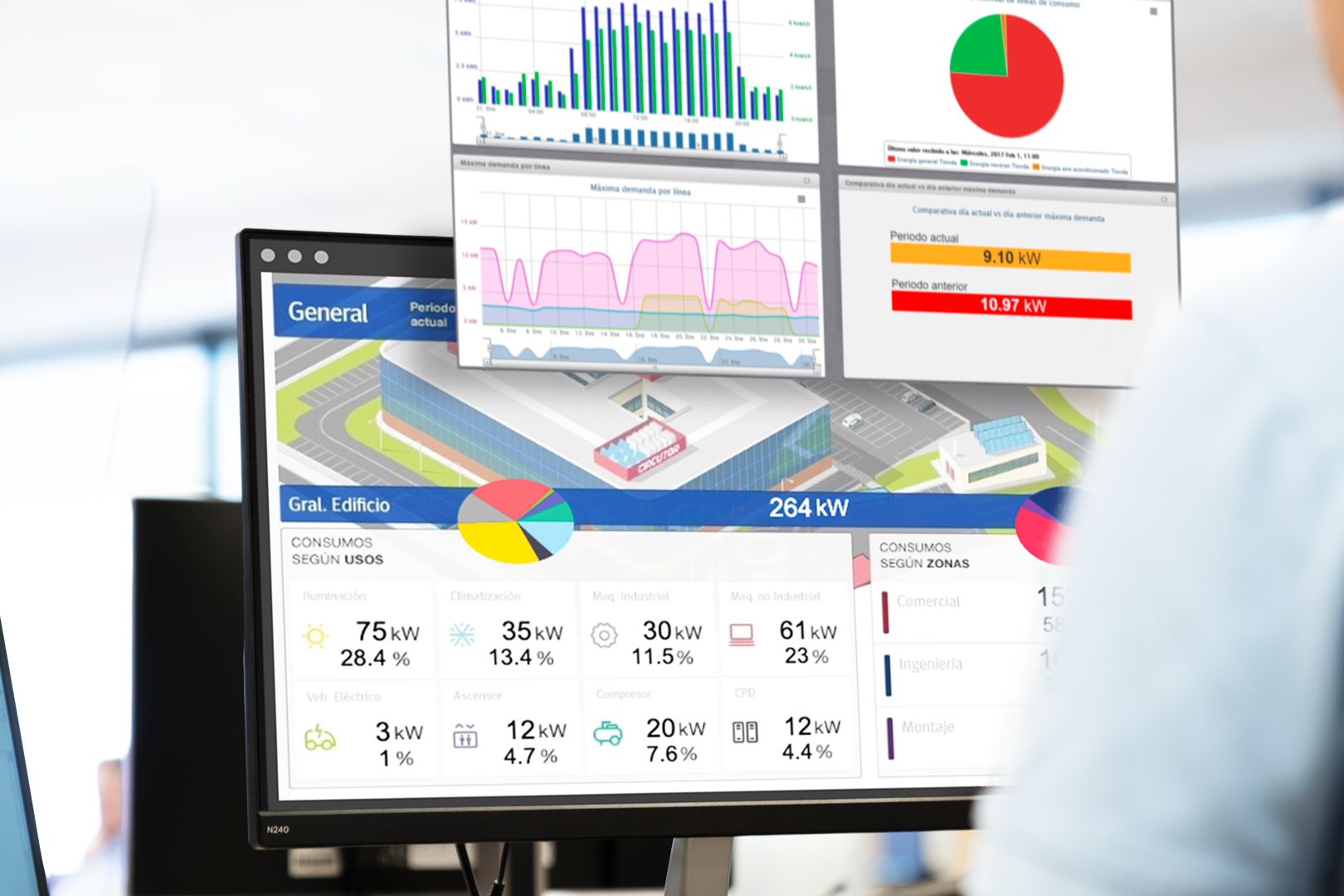
Circutor | 16 de March de 2023
By installing power analyzers, you can have real-time information on electrical parameters, such as voltage, current and harmonics. You can use all this information to determine the power quality and to know where, when and how much energy the different loads in your installation consume.
Once we have the energy consumption history we can discover our real consumption habits, in each period of the day, monitoring in a simple way the energy demanded by the different systems or loads of our installation. This information is essential to be able to evaluate future energy improvement actions in order to optimise our consumption, avoid penalties or quickly detect any anomalous or undesired consumption.
As we can see, this type of electrical parameter analysis provides us reliable information on how the loads of our installation behave, clearly identifying where devices should be installed to improve the quality of the grid, such as active or passive filters to reduce the level of harmonics or capacitor banks to reduce reactive power and avoid penalties on our electricity bill.

Analyze the harmonic distortion rate (THD%) produced by the loads in your installation to avoid problems caused by harmonics. The analyzer displays up to the 31st voltage and current harmonic for each phase to help you detect internal problems, as well as to select the filter that is best suited to the harmonic value measured.
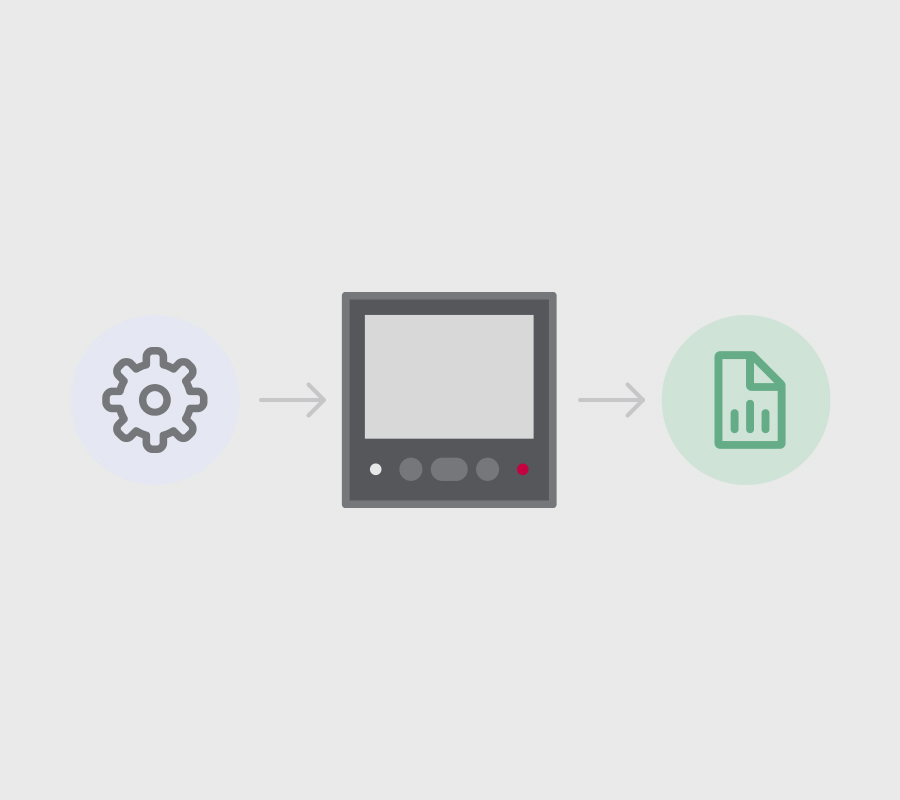
It registers the inductive and capacitive reactive energy consumed by your installation to detect if you need to install solutions to avoid possible penalties on your electricity bill. In addition to recording the reactive energy consumed, you can monitor in real time the Power Factor (PF) or the cosine of phi (cos phi) directly on the main display.
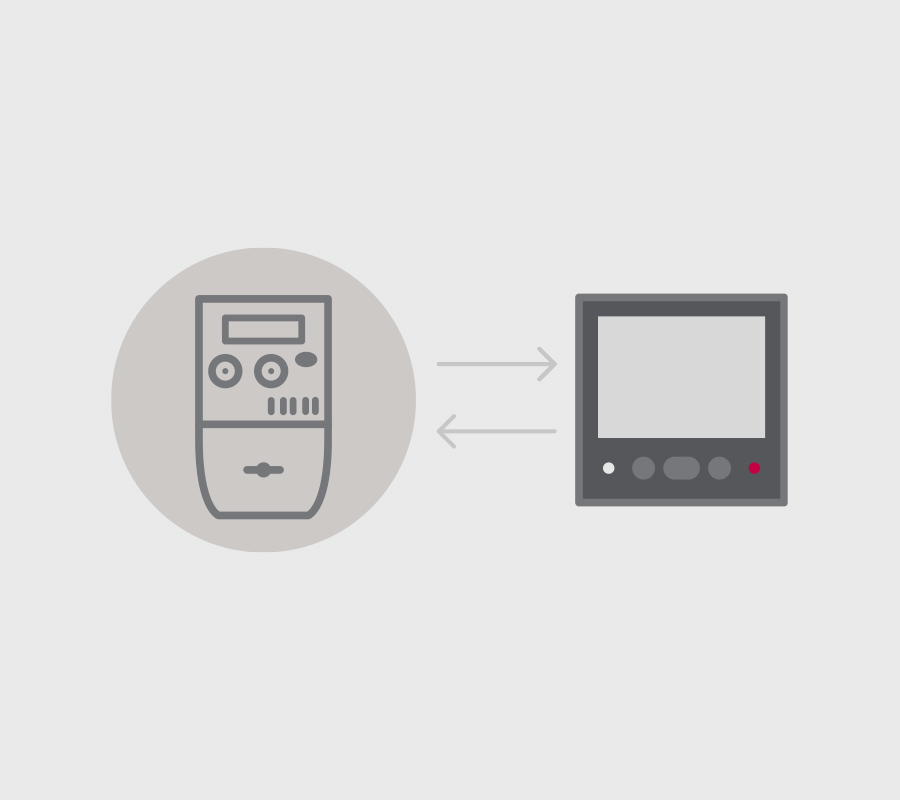
Quickly display the percentage of active power consumed to have real-time information on the power demanded. You will be able to check if your installation exceeds the contracted power or is well below it, to adjust the contracted power to your real consumption.

Current flow through the neutral wire can cause problems in your installation, such as overheating, overvoltage or even damage to devices due to loss of insulation. Measuring the current in the neutral allows you to ensure the continuity of service of your installation and to identify which loads produce them.
The CVM-C11 lets you analyze trends in electrical variables and consumption quality variables, such as the THD% for voltage and current, as well as individual harmonics for each phase up to the 31st.
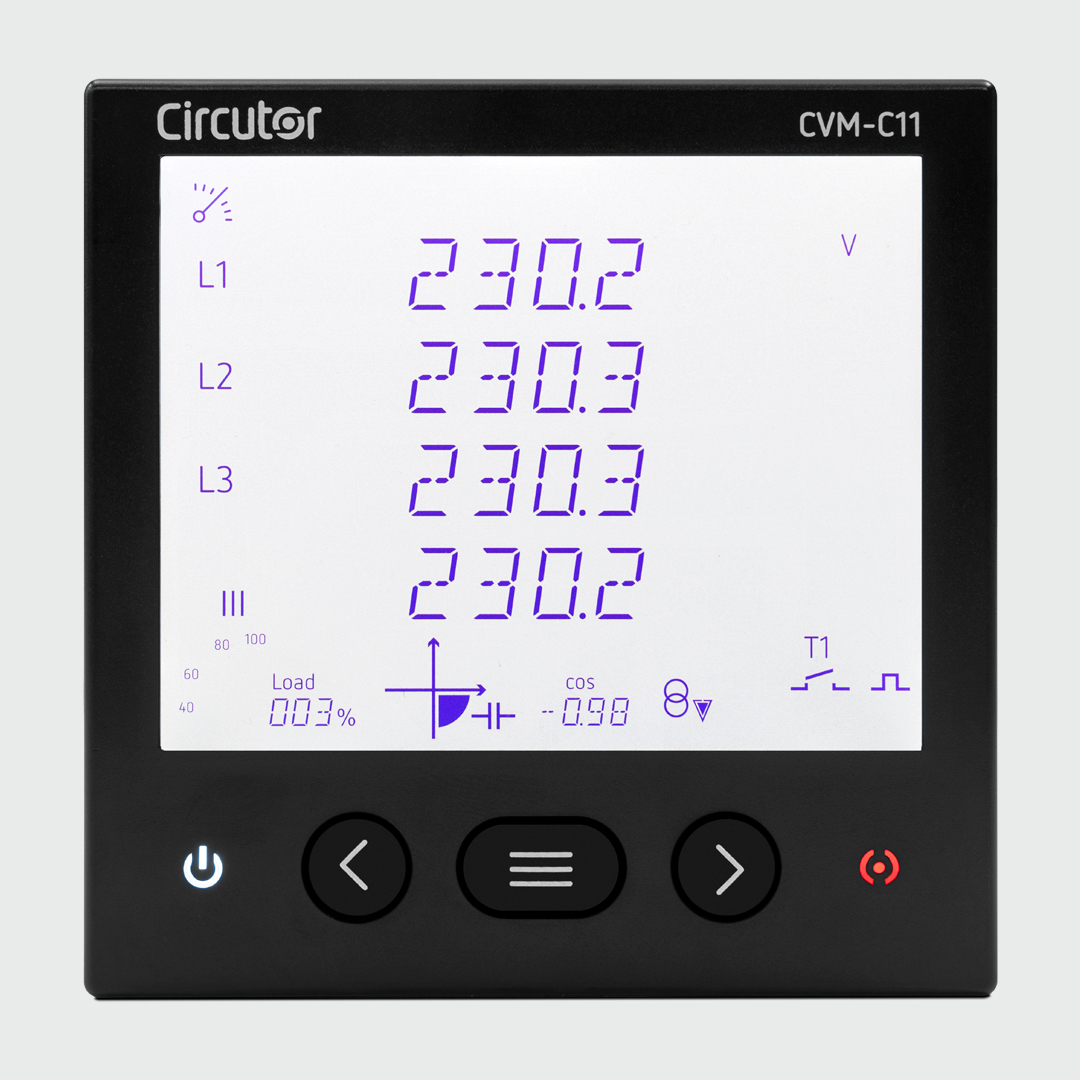
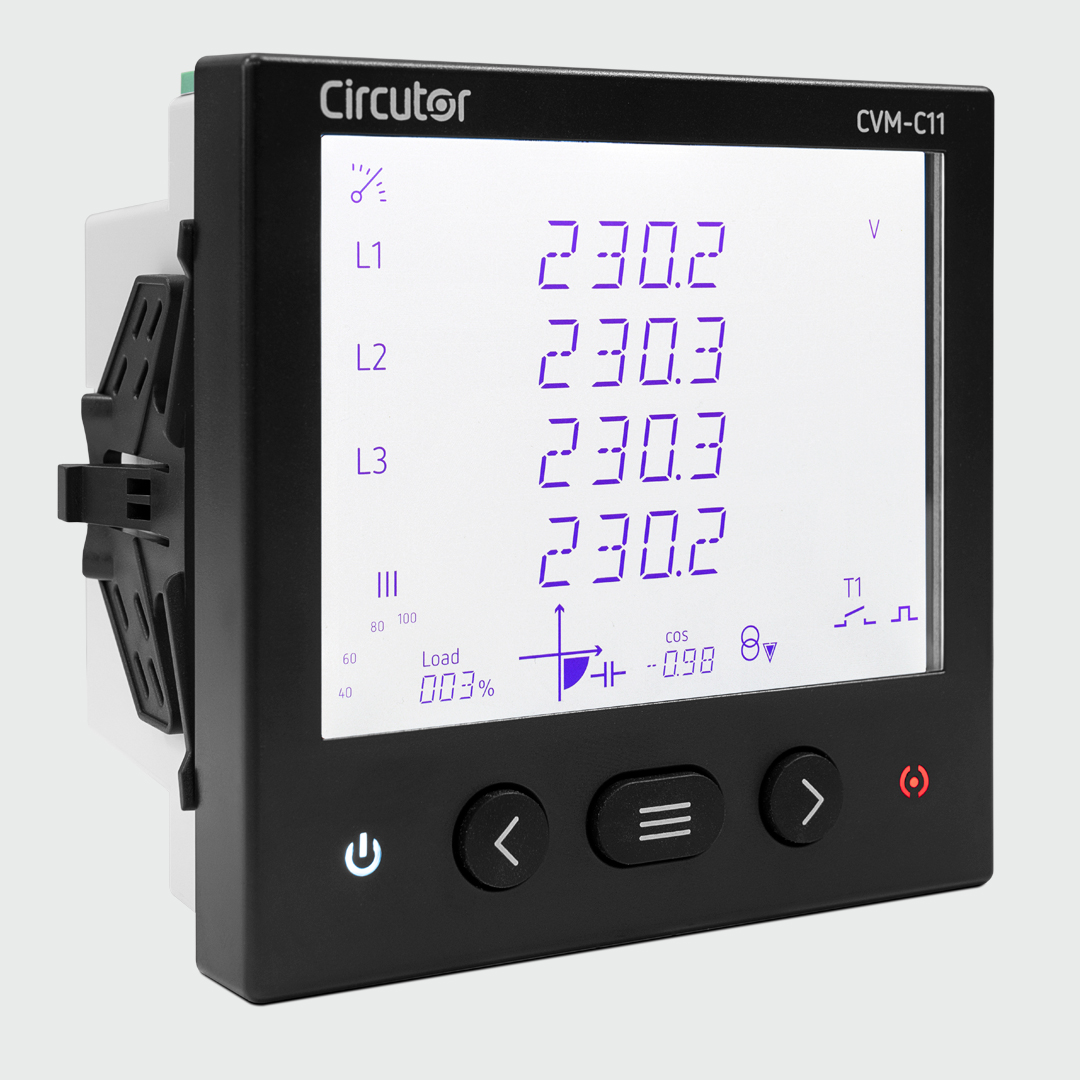
The device is designed to be part of any Energy Management System (EMS), measuring both the energy consumed and generated for installations with self-supply systems. The CVM-C11 calculates efficiency variables such as kgCO2, and the energy cost in each of the 3 tariffs that can be set up on it.
It is also adapted for installations with energy consumption and generation (4 quadrants), displaying the active quadrant on the screen to quickly visualise whether we are consuming or generating energy and whether it is inductive or capacitive.
We understand that the need depends on each installation and the load to be measured. For this reason, the CVM-C11 allows you to select which variables you need to display on the main display to show only the information you are most interested in.

Compatible with any
closed-core transformer.
Compatible with any
open-core transformer.




Configure the available inputs and outputs to fully manage your installation and view its status on the analyzer's display. Discover all the things you can control:

RS-485 communications with Modbus RTU and BACnet protocol, selectable on the device itself.

2 digital inputs for status monitoring (open/closed), tariff change (up to 3 tariffs and dual supply system) and maximeter synchronization with fiscal meter.

2 digital outputs to create instantaneous variable or pulse emission alarms proportional to incremental variables (energies, costs,...).

2 relay outputs to create instantaneous variable alarms.

WRITTEN BY CIRCUTOR